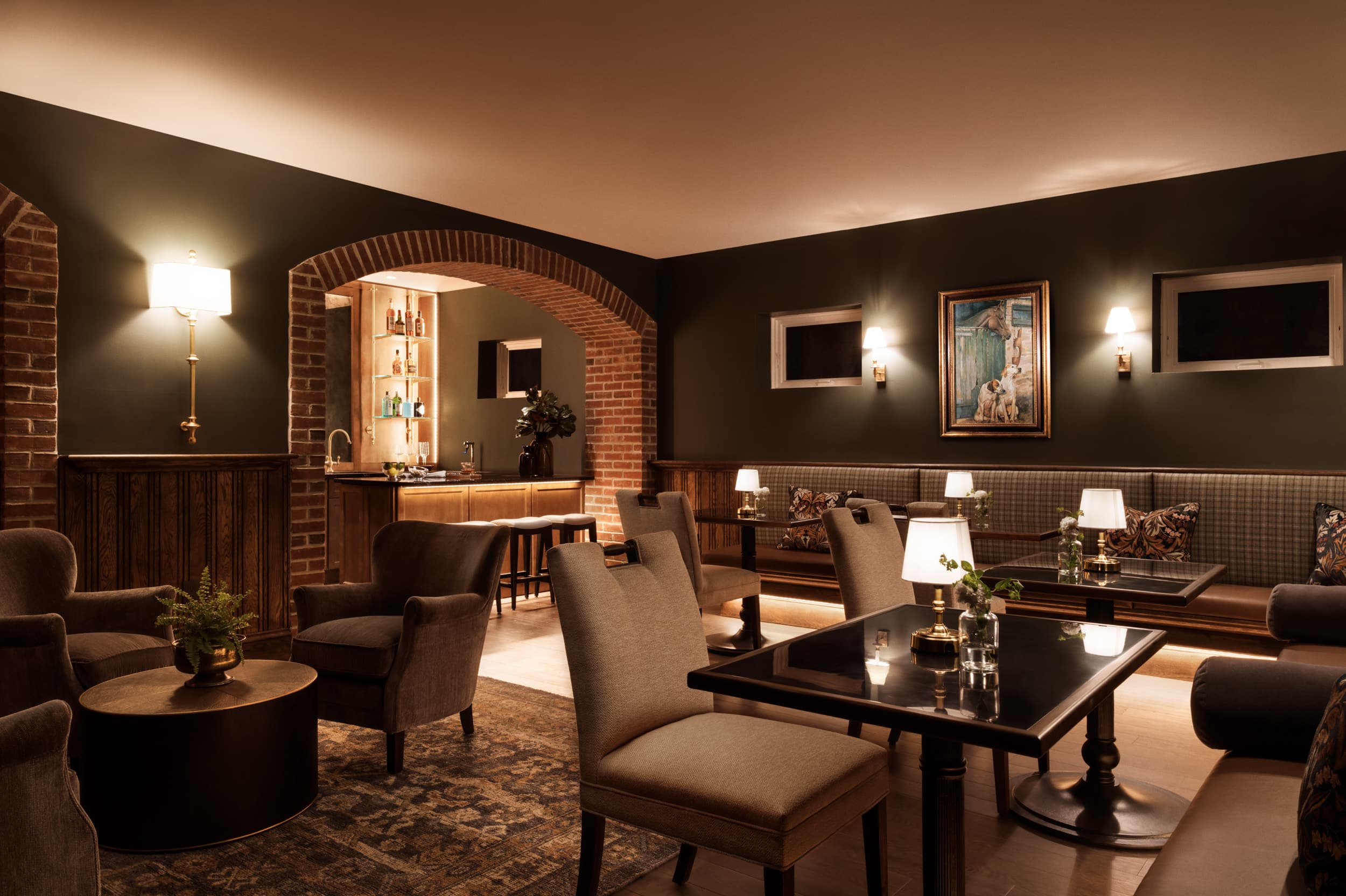Every hotel has a story. From lobby to rooftop, each design choice has a purpose. Strategic Hospitality Photography doesn’t just document those choices, but it shapes how guests feel about them. This is where storytelling techniques become powerful tools. They guide how spaces are captured and how people connect with them before ever setting foot inside.
In the competitive world of hospitality, images can influence decisions more than rates or reviews. Impactful Visual Storytelling invites travelers to imagine themselves in the scene. It triggers emotional connections that plain photography cannot. Hotel brands now rely on photographers not only to capture a space but to express its character, rhythm, and intention.
Framing the Guest Experience
Good hotel photography isn’t about showing four walls and a bed. It’s about setting a mood. A well-composed shot can evoke calm, sophistication, or a sense of escape. Guests don’t book rooms, they book feelings. This starts with how the experience is framed.
Photographers often shoot from a guest’s point of view. Standing at the doorway of a suite or lounging beside a rooftop pool. This creates familiarity. It removes the distance between the viewer and the environment. Lighting plays a big role, too. Morning sun through a curtain feels different from golden hour at the bar. These simple cues shape perceptions.
Wide shots may capture grandeur. But close shots tell human stories. A robe lay out on a bed. A cocktail glistening with condensation. These visual details hint at what guests will feel, not just what they’ll see.
Crafting a Visual Journey
Hotels are more than their rooms. There’s a rhythm to the guest’s movement—from arrival to check-out. Capturing this journey adds flow to a photo series. That’s why some of the most effective campaigns follow a natural progression. From exterior shots to reception, rooms, amenities, dining, and spa.
Photographers build narratives by connecting these spaces visually. Repetition of color palettes. Echoes of architectural lines. Soft transitions in lighting. These create visual cohesion. It turns individual images into a complete story.
The order of presentation matters, too. Viewers often experience photos like a virtual tour. So placing images in a logical, emotion-driven sequence strengthens the impact. One image should lead comfortably into the next.
Using Light to Tell a Story
Lighting sets the tone. It also influences time, mood, and warmth. In hospitality photography, the goal is not always accuracy. It’s emotion.
Soft natural light may convey peace in a guest room. Spotlights on a breakfast spread might evoke energy and freshness. Dim bar lighting might suggest elegance or intimacy. These moods speak volumes. They help the viewer anticipate the experience, not just the layout.
Artificial lighting is also used strategically. Photographers might turn on bedside lamps for warmth. Or use bounced flash to keep light even without harsh shadows. Lighting is chosen for how it shapes the story, not simply for brightness or clarity.
Telling a Brand’s Story Through Style
Every hotel has a brand identity. Some are urban and bold. Others are beachy and relaxed. Photography must reflect this. It’s more than capturing a building. It’s about communicating values and personality.
Storytelling through photography begins with understanding the brand. A boutique hotel with handmade décor deserves a slower, more intimate visual pace. A luxury tower downtown might need sharp, polished angles.
Props can help, too. A cup of espresso on the nightstand. A crisp, folded towel. These speak to the hotel’s attention to detail and atmosphere, but too many props can feel staged. The best shots feel lived-in, like the guest just stepped away.
Creating Emotion Through Space and Silence
Empty rooms can feel lifeless if photographed without intent. But in hospitality photography, silence is part of the story. The absence of people lets the viewer step into the scene. It invites them to imagine themselves relaxing, working, or sleeping there. This imagined presence is what brings emotion into the frame.
It’s not always about showing action. Sometimes, it’s about capturing stillness. A wrinkle in the duvet. Steam rising from a teacup. A single chair facing a window. These details leave space for the viewer’s imagination. They hint at something just before or just after the moment captured.
This approach works well for hotels that want to highlight privacy, calm, or luxury. It draws attention to the mood. Not active.
Balancing Style with Honesty
Hospitality images must feel aspirational but believable. Guests want beauty, but they also want accuracy. If the room is too perfect or heavily edited, it breaks trust. That’s why skilled photographers often use natural styling. Items are placed with care but not rigid symmetry. Beds are neat but not pressed flat like a catalog.
Good storytelling techniques balance polish with realism. The lighting is clean, but not clinical. Colors are rich but not overly saturated. Editing is soft. It enhances the moment instead of changing it.
Honest storytelling also means respecting scale. A small room is photographed to show its comfort, not to exaggerate its size. This honesty reflects well on the brand. It sets the right expectations.
Tapping Into Cultural and Local Identity
Hotels often reflect the culture of their surroundings. A beachfront resort in Bali. A high-rise suite in Chicago. Each one carries a local flavor. Photography should reflect that. Not just in design, but in atmosphere.
Incorporating cultural elements gives the hotel a sense of place. This can be done through materials, textures, and even small objects. Local stone, native wood, or artwork by regional artists. These create a visual link between the property and its location.
This technique is especially valuable for boutique hotels and independent properties. Their story isn’t about scale. It’s about uniqueness. Telling a local story gives them a strong identity in a crowded market.
Why Storytelling Makes the Difference
Strong visuals are not just pretty. They guide decisions. They shape emotion. Travelers scroll through countless hotel options. Story-driven photography helps one brand stand out from the rest.
It shows more than furniture or finishes; it shows personality. A good story helps travelers feel connected before they even arrive, and in today’s visual-first booking experience, that connection can lead directly to a reservation.






